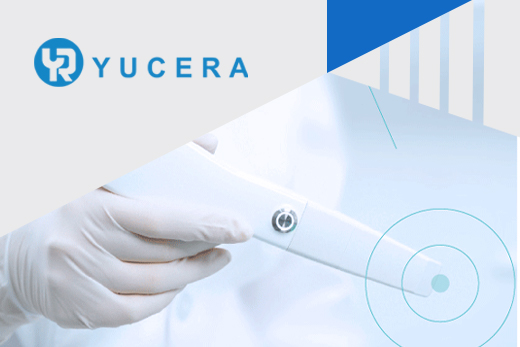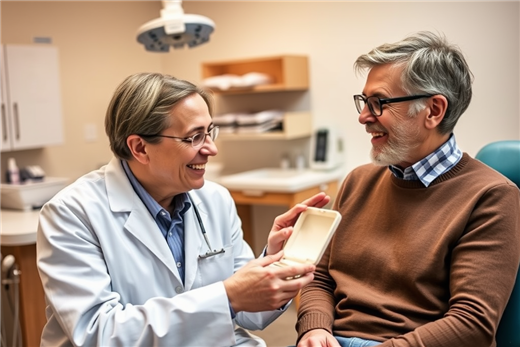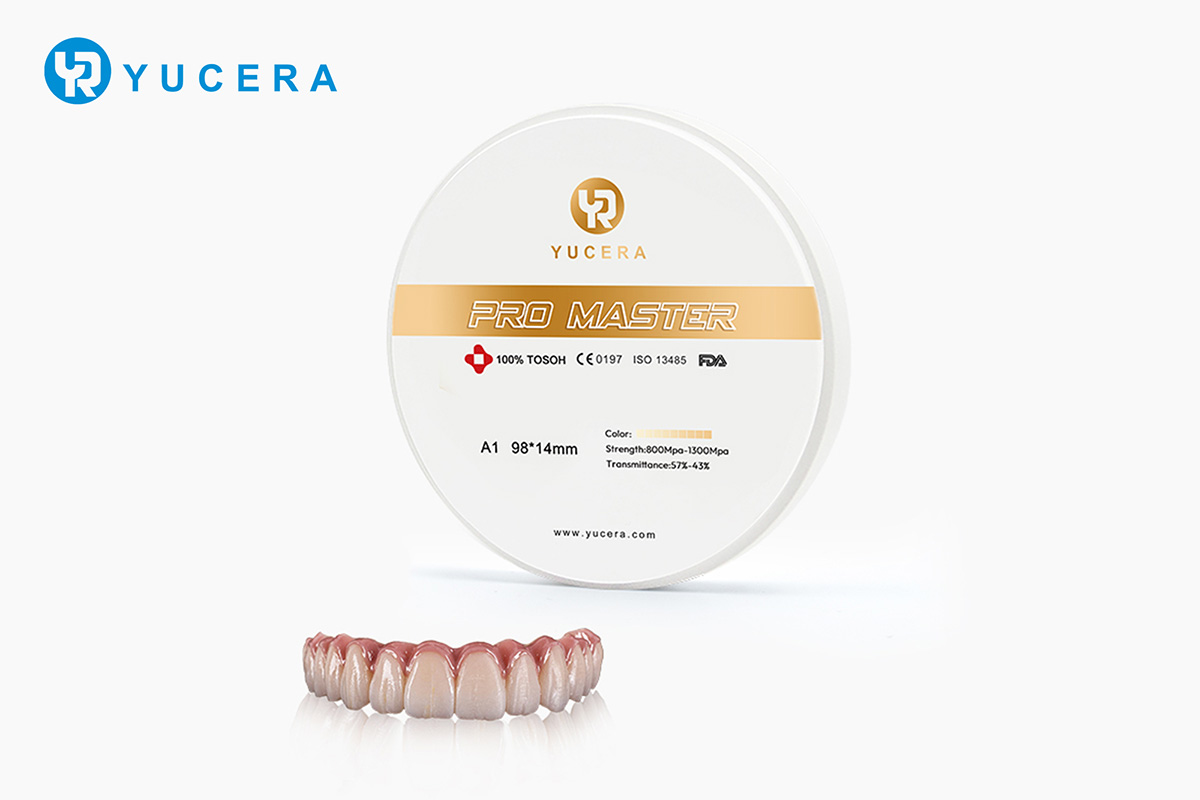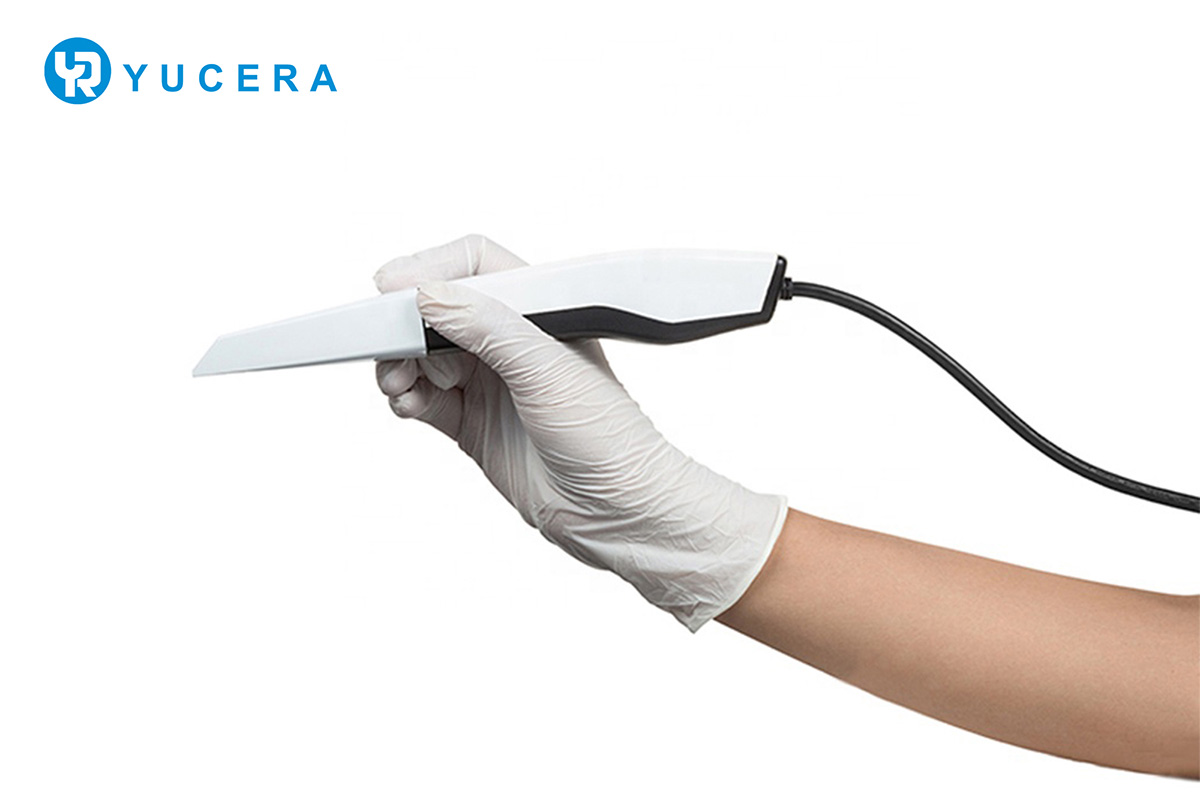The Importance of After-Sales Service in Dentures Best Practices for Addressing Problems and Enhancing Patient Satisfaction
2025-04-05
2024-07-01
When it comes to modern dental practices, technology plays a pivotal role in ensuring accurate diagnostics and efficient workflows. Among the myriad of technological advancements, dental scanners stand out as essential tools for both dental laboratories and clinics. However, choosing the right type of scanner can be challenging due to the variety of options available. Two of the most common types are Dental 3D Scanners and Intraoral Scanners.

Dental 3D Scanners are typically used in laboratory settings to scan models, impressions, and dental casts, providing high-detail digital representations of physical objects. In contrast, Intraoral Scanners are designed for direct use in the patient’s mouth, capturing detailed images of teeth and gums to create accurate digital impressions.
The decision between these two types of scanners depends on various factors, including the specific needs of your practice, budget constraints, and desired application. This article aims to dissect the differences between Dental 3D Scanners and Intraoral Scanners, helping you make an informed decision on which is best suited for your needs. By understanding the functionalities, advantages, and ideal use cases for each, you'll be better equipped to enhance your dental practice's efficiency and patient care.
What is a Dental 3D Scanner?
A Dental 3D Scanner is a specialized device used primarily in dental laboratories to create precise digital representations of physical dental models, impressions, and casts. These scanners utilize advanced imaging technology to capture detailed 3D images, which can then be used for a variety of applications in the dental field.
Definition and Working Principle
Dental 3D Scanners employ either laser scanning or structured light scanning technology. Laser scanners use laser beams to measure the surface of an object accurately, while structured light scanners project a series of light patterns onto the object and capture the deformation of these patterns with cameras. Both methods generate point clouds that are converted into high-resolution 3D models through sophisticated software algorithms.
Key Features and Applications
High Precision and Accuracy:
Dental 3D Scanners are renowned for their ability to capture fine details with an exceptional level of accuracy. This is crucial for creating dental restorations, such as crowns, bridges, and dentures, where precision is paramount.
Comprehensive Scanning Capabilities:
These scanners can handle a wide range of materials and objects, from stone models to alginate impressions. This versatility makes them indispensable in dental laboratories.
Software Integration:
Dental 3D Scanners are often integrated with CAD/CAM (Computer-Aided Design/Computer-Aided Manufacturing) software. This integration allows for the seamless design and manufacturing of dental prosthetics, enhancing workflow efficiency.
Time Efficiency:
By digitizing traditional dental models and impressions, Dental 3D Scanners significantly reduce the time required for manual measurements and adjustments, speeding up the overall dental restoration process.
Digital Archiving:
The digital models created by these scanners can be easily stored and retrieved, facilitating better case management and long-term record-keeping.
Applications
Prosthetic Design:
The precise digital models generated by Dental 3D Scanners are used to design custom dental prosthetics, ensuring a perfect fit for patients.
Orthodontics:
These scanners aid in the planning and fabrication of orthodontic appliances, such as aligners and retainers.
Implantology:
In implantology, accurate 3D models are essential for planning implant placements and creating surgical guides.
Research and Education:
Dental 3D Scanners are also used in academic and research settings for the study and teaching of dental anatomy, materials, and techniques.
In conclusion, Dental 3D Scanners are indispensable tools in modern dental laboratories. Their ability to produce high-precision digital models from a variety of materials makes them essential for efficient and accurate dental restorations.
What is an Intraoral Scanner?
An Intraoral Scanner is a high-tech device used directly within a patient's mouth to capture detailed 3D images of the teeth and gums. These scanners are transforming the way dental impressions are taken, providing a faster, more comfortable, and highly accurate alternative to traditional impression materials.
Definition and Working Principle
Intraoral Scanners use optical technology to capture the surface geometry of the teeth and surrounding tissues. They often employ a combination of structured light and sensor cameras to scan the oral structures. The scanner projects a light source onto the area being scanned, and cameras capture the reflected light to create a series of images. These images are then stitched together by software to form a comprehensive 3D digital model of the patient’s mouth.
Key Features and Applications
Patient Comfort:
One of the main advantages of Intraoral Scanners is the improved patient experience. Unlike traditional impression materials that can be uncomfortable and sometimes induce gagging, intraoral scanning is non-invasive and quick.
Real-Time Visualization:
Intraoral Scanners provide real-time visualization of the scanned area. Dentists can immediately see the 3D model on a computer screen, allowing for instant assessment and adjustments if needed.
High Accuracy:
These scanners capture fine details with high precision, essential for creating accurate dental restorations such as crowns, bridges, and veneers.
Time Efficiency:
Digital impressions significantly reduce the time required to take and process traditional impressions. This can lead to shorter patient appointments and faster turnaround times for dental restorations.
Digital Workflow Integration:
Intraoral Scanners are often integrated with CAD/CAM systems, streamlining the workflow from scanning to the design and manufacturing of dental prosthetics.
Enhanced Communication:
The detailed 3D models generated by Intraoral Scanners can be easily shared with dental laboratories and specialists, facilitating better communication and collaboration.
Applications
Restorative Dentistry:
Intraoral Scanners are widely used for designing and producing crowns, bridges, inlays, onlays, and veneers with precise fits.
Orthodontics:
These scanners are integral in creating digital models for orthodontic treatment planning, including the design of clear aligners and other corrective appliances.
Implantology:
In implantology, accurate digital impressions are crucial for planning implant placements and fabricating custom abutments and prosthetics.
Preventive Dentistry:
Intraoral Scanners can also be used for routine check-ups and monitoring oral health, allowing dentists to detect issues early and provide preventive care.
Patient Education:
The visual nature of the 3D models helps in educating patients about their oral health and the proposed treatments, enhancing patient understanding and engagement.
In summary, Intraoral Scanners offer numerous benefits, including enhanced patient comfort, high accuracy, and streamlined workflows, making them a valuable tool in modern dental practice.
Key Differences Between Dental 3D Scanners and Intraoral Scanners
Choosing between a Dental 3D Scanner and an Intraoral Scanner depends on various factors, each suited to different applications, environments, and requirements. Understanding the key differences between these two types of scanners can help you make an informed decision that best aligns with your practice's needs.
Scanning Subjects
Dental 3D Scanners:
These are primarily used for scanning physical models, impressions, and casts in a laboratory setting. They are ideal for creating precise digital representations of dental molds and other physical objects.
Intraoral Scanners:
Designed for direct use in the patient’s mouth, Intraoral Scanners capture detailed 3D images of the teeth and gums. They are used during patient appointments to create digital impressions on the spot.
Accuracy and Resolution
Dental 3D Scanners:
Known for their high precision and ability to capture fine details, Dental 3D Scanners are essential in creating accurate dental restorations. They often provide higher resolution due to their ability to scan in controlled laboratory environments.
Intraoral Scanners:
While also highly accurate, Intraoral Scanners' resolution may slightly vary depending on the scanning environment and the operator's skill. However, advancements in technology have significantly closed this gap, making them highly reliable for clinical use.
Portability and Ease of Use
Dental 3D Scanners:
Typically larger and more complex, Dental 3D Scanners are stationary devices used in dental labs. They require a stable environment and specific setup, making them less portable but highly stable and precise.
Intraoral Scanners:
These scanners are designed to be portable and user-friendly, allowing dentists to move them easily around the clinic and use them directly on patients. Their ergonomic design and intuitive interfaces make them easy to handle during patient exams.
Cost and Budget
Dental 3D Scanners:
Generally, Dental 3D Scanners can be more expensive due to their higher precision and laboratory-grade capabilities. However, their cost can be justified by the broad range of applications and the level of detail they provide.
Intraoral Scanners:
While initial costs can also be significant, Intraoral Scanners often present a lower overall investment compared to their 3D counterparts. They offer a quicker ROI due to their direct impact on improving clinical workflows and patient satisfaction.
Use Cases
Dental Laboratories:
Dental 3D Scanners are indispensable in laboratory settings where they are used to scan models, impressions, and other physical objects to create digital files for further processing.
Dental Clinics:
Intraoral Scanners are more suited for dental clinics where immediate digital impressions are needed. They enhance chairside efficiency by allowing dentists to capture and analyze scans during patient appointments.
Summary of Key Differences
Understanding these key differences helps you choose the scanner that best meets your specific needs. Dental 3D Scanners are perfect for detailed lab work, while Intraoral Scanners excel in clinical environments for direct patient care.
Key Factors to Consider When Choosing
Choosing between a Dental 3D Scanner and an Intraoral Scanner requires careful consideration of various factors. Each type of scanner has its own set of strengths and is suited to different applications. Here are the key factors to consider when making your decision:
Needs Analysis
Clinic or Laboratory Size and Specialty:
Assess the size and specific focus of your practice. Larger practices or specialized dental laboratories may benefit from the high precision and versatility of Dental 3D Scanners. In contrast, smaller clinics focusing on general dentistry might find Intraoral Scanners more practical for day-to-day operations.
Workflow Requirements:
Consider how each scanner will fit into your current workflow. Dental 3D Scanners are excellent for detailed lab work but might not be necessary for routine procedures. Intraoral Scanners can enhance clinical efficiency by allowing for quick and accurate digital impressions during patient visits.
Budget Considerations
Initial Investment:
Compare the initial costs of both types of scanners, including the purchase price, installation, and initial training. Dental 3D Scanners often have a higher upfront cost due to their advanced capabilities and precision.
Long-Term ROI:
Evaluate the long-term return on investment. While Intraoral Scanners may have a lower initial cost, they can significantly speed up clinical workflows and improve patient satisfaction, leading to quicker ROI. Dental 3D Scanners can justify their higher cost through their broad range of applications and the ability to produce highly detailed work.
Training and User-Friendliness
Learning Curve:
Consider the learning curve associated with each device. Intraoral Scanners are often designed to be user-friendly and can be mastered quickly by clinical staff, making them ideal for busy practices. Dental 3D Scanners, while highly precise, might require more extensive training to fully utilize their capabilities.
Ease of Use:
Evaluate the user interface and operational ease of each scanner. Intraoral Scanners typically feature intuitive interfaces designed for quick and easy use during patient exams. Dental 3D Scanners might have more complex interfaces due to their advanced functions.
Compatibility and Integration
Existing Equipment:
Ensure compatibility with your existing dental equipment and software. Both types of scanners need to integrate seamlessly with your current systems to maximize efficiency and avoid disruptions.
Software Compatibility:
Check if the scanners are compatible with the CAD/CAM software you use. Both Dental 3D Scanners and Intraoral Scanners should offer smooth integration with design and manufacturing software to streamline the workflow from scanning to production.
Additional Considerations
Scalability:
Think about the scalability of the scanner. If you plan to expand your practice or lab in the future, consider a scanner that can grow with your needs.
Support and Service:
Evaluate the level of support and service provided by the scanner manufacturer. Ensure they offer comprehensive training, technical support, and maintenance services to keep your scanner running efficiently.
Patient Experience:
For clinical settings, the patient experience is paramount. Intraoral Scanners enhance patient comfort and provide a modern, high-tech experience that can improve patient satisfaction and retention.

2025-04-05

2024-12-05

2024-12-08